No. built 473 | Place of origin Nazi Germany Manufacturer Deutsche Eisenwerke Weight 24 tonnes (52,910 lbs) | |
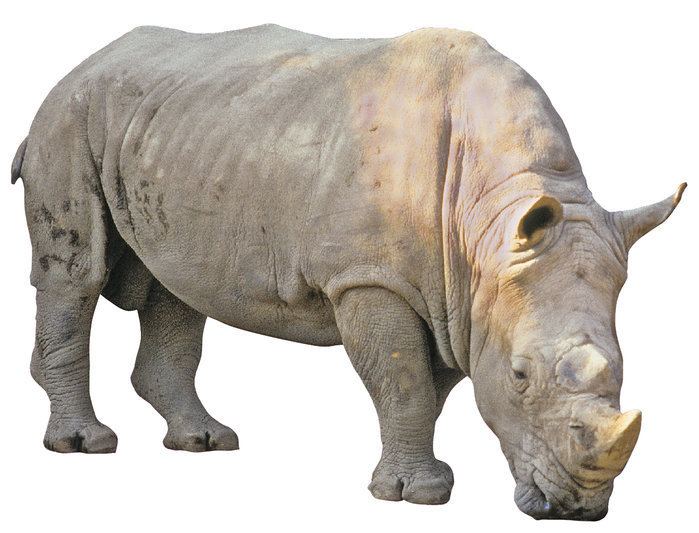 | ||
World of tanks nashorn tank review
Nashorn (German "rhinoceros", pronounced [ˈnaːshɔɐ̯n]), initially known as Hornisse (German "hornet"), was a German tank destroyer of World War II. It was developed as an interim solution in 1942 by equipping a light turretless chassis with the Pak 43 heavy anti-tank gun. Though only lightly armoured and displaying a high profile, it could frontally penetrate any Allied tank at long range, and its relatively low cost and superior mobility to heavier vehicles ensured it remained in production until the war's end.
Contents
- World of tanks nashorn tank review
- World of tanks patch 8 9 test server the nashorn
- Development
- Combat service
- Technical data
- References
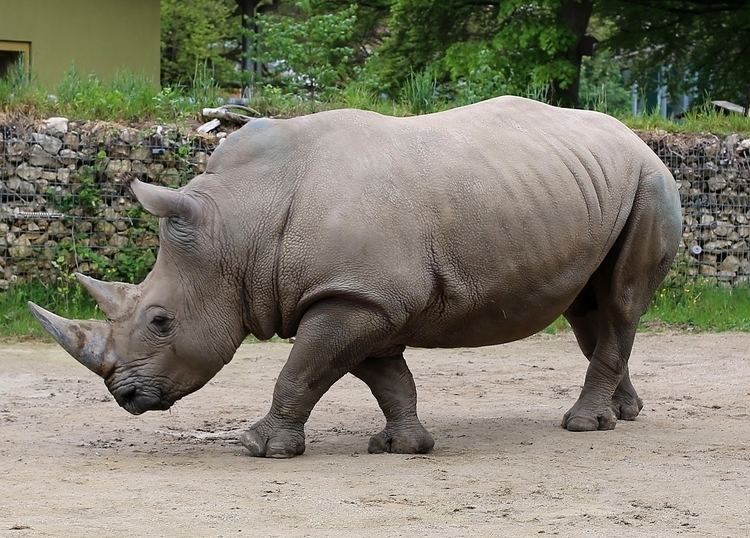
World of tanks patch 8 9 test server the nashorn
Development

After the first German experiences with the newer Soviet tanks like the T-34 or the Kliment Voroshilov tank during Operation Barbarossa, the need for a Panzerjäger capable of destroying these more heavily armoured tanks became clear.
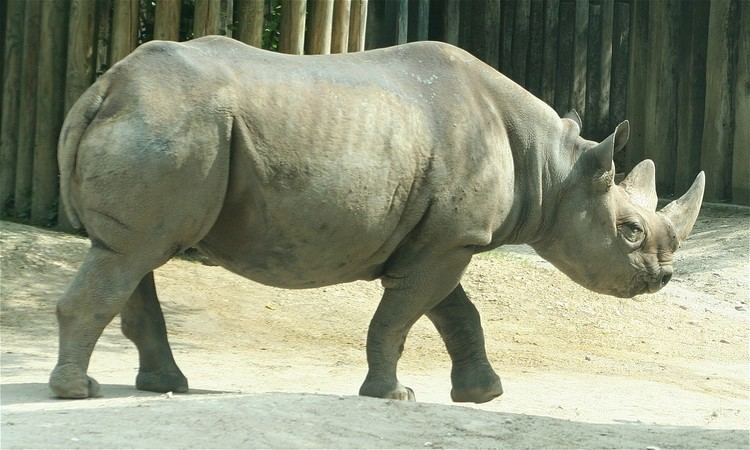
In February 1942, the Alkett (Altmärkische Kettenwerke GmbH) arms firm of Berlin designed a tank destroyer using their recently developed Geschützwagen III/IV which as its name indicated used components of both the Panzer III and Panzer IV tank. The 8,8 cm Panzerjägerkanone 43/1 L/71 (or shortly Pak 43/1), a long-barreled anti-tank gun more known as the main armament of the Tiger II, was mounted on the rear of the chassis complete with its gun shield and an open-topped superstructure was built up around the gun to give the crew some protection. The gun had the same traverse and elevation as if it had been on its carriage: 15° to either side and between -5° to +15° elevation. To accommodate the long and heavy gun, the hull had to be lengthened and the engine moved from the rear to the centre of the chassis. The amount of armour provided for the crew compartment was limited. The shielding provided was adequate to protect the crew from blast and small arms, but not armour piercing rounds. Thus, like the Marder series weapons, the vehicle was not intended to engage in tank fights, but to provide mobility to an excellent anti-tank gun.
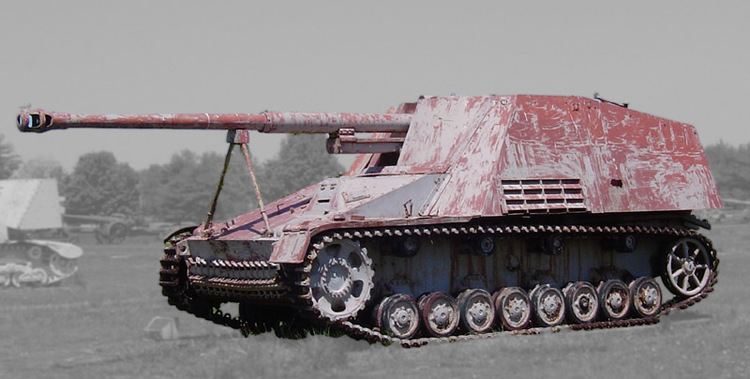
This model was presented for approval to Adolf Hitler in October 1942 and entered production in early 1943. It had numerous official designations, such as 8.8 cm Pak 43 (L/71) auf Fahrgestell Panzerkampfwagen III/IV (Sf) or 8,8cm Pak43 (L/71) auf Geschützwagen III/IV (Sd. Kfz. 164), though it was also known as the Panzerjäger Hornisse (in English "Tank-hunter Hornet")

During the first half of 1943, a new model of the Hornisse was introduced into production. This model altered the driver's front armour plate, along with other minor differences. This model and its predecessor, the few early production vehicles, were almost indistinguishable. It was renamed Nashorn by Hitler in 1944.
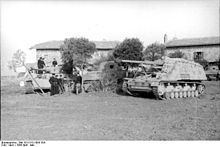
Total production of the Nashorn amounted to some 494 vehicles, most of which were built in 1943. In January 1944, Hitler favored production of a newer tank destroyer, the Jagdpanzer IV, which had a much lower silhouette, thicker frontal armor (60 mm frontal plate), and an effective though less powerful 7.5 cm gun. Though still primarily an ambush weapon, this vehicle was better built for armoured engagements. Production of the Nashorn continued into 1945, though at a slow pace.
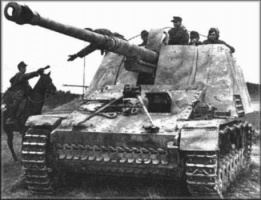
There are two Nashorns on display in military museums: at the United States Army Ordnance Museum and at the Kubinka Tank Museum. A third "Nashhorn" is under restoration to running status, in private hands in England.
Combat service
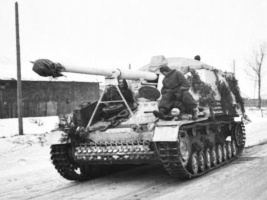
The Hornisse/Nashorn was issued to the heavy antitank battalions (schwere Panzerjäger-Abteilungen), with which six would eventually be equipped: schwere Panzerjäger Abteilung 560, 655, 525, 93, 519 and 88. Each battalion was equipped with 45 Nashorns.
Nashorn's gun was a variant of Pak 43, one of the most effective anti-tank guns deployed during the war and closely related to guns used later for the Ferdinand/Elefant, Tiger II, and Jagdpanther. Its tungsten carbide–cored round, Pzgr. 40/43, was capable of penetrating 190 mm of rolled steel armour at a 30° angle of impact at a distance of 1,000 m. The gun's performance enabled Nashorn to penetrate the front plating of any Allied armoured vehicle and to engage enemy units while staying out of range themselves.
The Hornisse/Nashorn made its debut during the Battle of Kursk, where it performed well. The ability to engage the enemy at long distances negated the disadvantages of light armour and a high profile and revealed the weapon was suited to the open, flat landscape of much of Russia.
